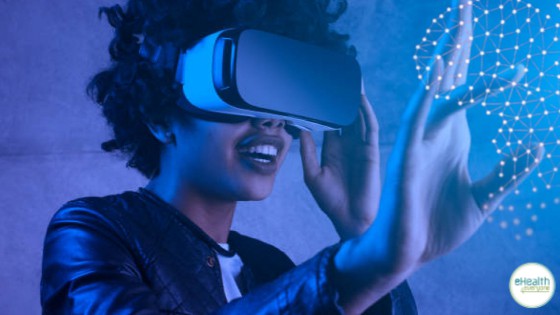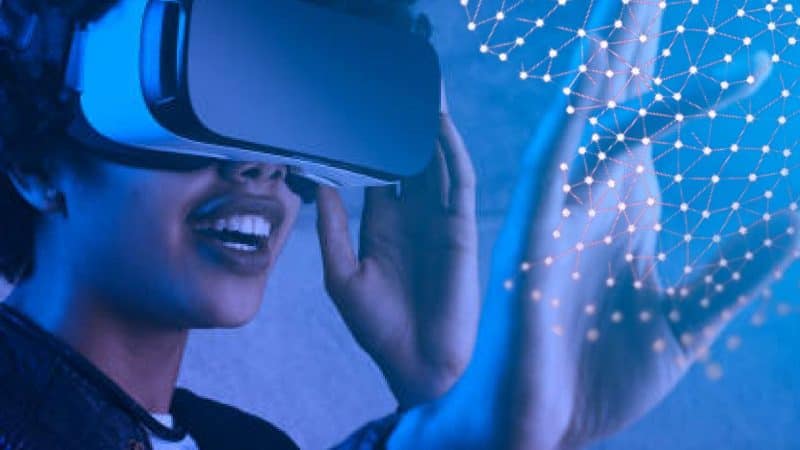
Virtual Reality (VR) is a computer generated environment with scenes and objects that appear to be real, making the user feel they are immersed in their surroundings.
In technological terms, it involves the use of software to create an immersive simulated environment, which places the user inside an experience, where they can engage with the environment and virtual characters in a way that feels real, therefore allowing them to learn from experience as they would do in real life (Pottle, 2016).
The concept of health is a relative and popularly known term with a lot of definitions being put out, the most accepted remains the World Health Organization(WHO), 1975 definition which defines health as “A state of complete physical, mental, social, spiritual, and occupational wellbeing, not merely the absence of disease or infirmity”. This definition has been revisited by numerous scholars to also include dimensions such as emotional and also financial well being.
Health promotion on the other hand, can be seen as actions or thoughtful initiatives taken to ensure or assist an individual in attaining and maintaining the highest form of all dimensions of health.
To understand the role virtual reality technological solutions will play in the future for health promotion, we need to understand the theoretical considerations behind its development, its functionalities, and interactions between human and behavioural process abinitio, and ensure it helps the user attain an optimum or satisfactory level of the dimensions of health.
Such considerations may according Baker, (1993) include the degree of realism which is acceptable to the human mind and quality of experience; or the ‘distance’ from a real environment, which is based on two important factors: deck ergonomics and psycho-semantics. While the earlier (deck ergonomics) is concerned with issues such as how comfortable the VR equipment is to wear and the adverse physical and/or mental effects to the user, the later (psycho-semantics) is concerned with the quality and meaning of the artificial worlds generated, in more simpler terms: the ways the brain handles illusion, and the problems of dissonance that may arise as a result of experiences in different cyberspace environments (Barker, 1993).
As a response to aforementioned sentence, virtual reality (VR)-integrated assistance as a promising intervention strategy, has been utilized in healthcare fields like stroke rehabilitation and psychotherapy (Zan et al., 2020), improving balance and overall health while promoting weight loss in older adults (Park & Yim, 2016; Rosa et al., 2016), and in therapeutic programs for phobias related to height and public speaking, where patients were immersed into an environment where they progressively worked on their fears (Hong et al., 2017; North et al., 1 January, 1998)
The future of virtual reality for health promotion can be seen in our recent efforts in VR technologies at ehealth4everyone, spanning from the Electronic Helping Babies Breathe(eHBB/mHBS-DHIS2), a health care professionals training simulation and application developed with the University of Washington, Indiana University, Oxford University, University of Lagos, Alupe University College, and National Hospital, Abuja (Umoren et al., 2020), and our other developments that are in the works.
We can say that our efforts in incorporating these technologies form our understanding of the theories of human mind interaction, and its application towards bridging the gap we believe exist in today’s medical system is the right step.
We hope to continue fostering and promoting healthcare efforts through digital-tech solutions in Africa and in the world.
References :
Barker, P. (1993). Virtual reality: Theoretical basis, practical applications. Research in Learning Technology, 1(1), 15 – 25. DOI: 10.1080/0968776930010103
Hong, Y.-J., Kim, H. E., Jung, Y. H., Kyeong, S., & Kim, J. (2017, December 1). Usefulness of the Mobile Virtual Reality Self-Training for Overcoming a Fear of Heights. Cyberpsychology, Behavior, and Social Networking, 2(12). https://doi.org/10.1089/cyber.2017.0085
North, M. M., North, S. M., & Joseph, C. R. (1 January, 1998). Virtual Reality Therapy: an Effective Treatment for the Fear of Public Speaking (3rd ed., Vol. 3). International Journal of virtual reality. https://doi.org/10.20870/IJVR.1998.3.3.2625
Park, J., & Yim, J. (2016). A New Approach to Improve Cognition, Muscle Strength, and Postural Balance in Community-Dwelling Elderly with a 3-D Virtual Reality Kayak Program. The Tohoku Journal of Experimental Medicine, 238(1), 1-8. J-STAGE. https://doi.org/10.1620/tjem.238.1
Pottle, J. (2016, October). Virtual reality and the transformation of medical education. Future healthcare journal, 6(3), 181-185. National center for biotechnology information| National institutes of health. 10.7861/fhj.2019-0036
Rosa, P. J., Diogo, M., Pedro, G., Jorge, O., & Tomaz, S. (2016, March 17). The Immersive Virtual Reality Experience: A Typology of Users Revealed Through Multiple Correspondence Analysis Combined with Cluster Analysis Technique. Cyberpsychology, Behavior, and Social Networking, 19(3). MaryAnn Liebert Inc Publishers. https://doi.org/10.1089/cyber.2015.0130
Umoren, R. A., Bucher, S., Purkayastha, S., Ezeaka, C., Esamai, F., Miriami, A., Asangansi, I., Bresnahan, B., & Paton, C. (2020, July). eHBB/mHBS-DHIS2: Mobile Virtual Reality Provider Training in Helping Babies Breathe®. Official Journal of the American Academy of Pediatrics, 146. https://doi.org/10.1542/peds.146.1_MeetingAbstract.290
Zan, G., Jung, L. E., Daniel, M. J., & Callie, A. (2020, June 25). Virtual Reality Exercise as a Coping Strategy for Health and Wellness Promotion in Older Adults during the COVID-19 Pandemic.Journal of Clinical Medicine, 9. Molecular Diversity Preservation International. doi:10.3390/jcm9061986.



